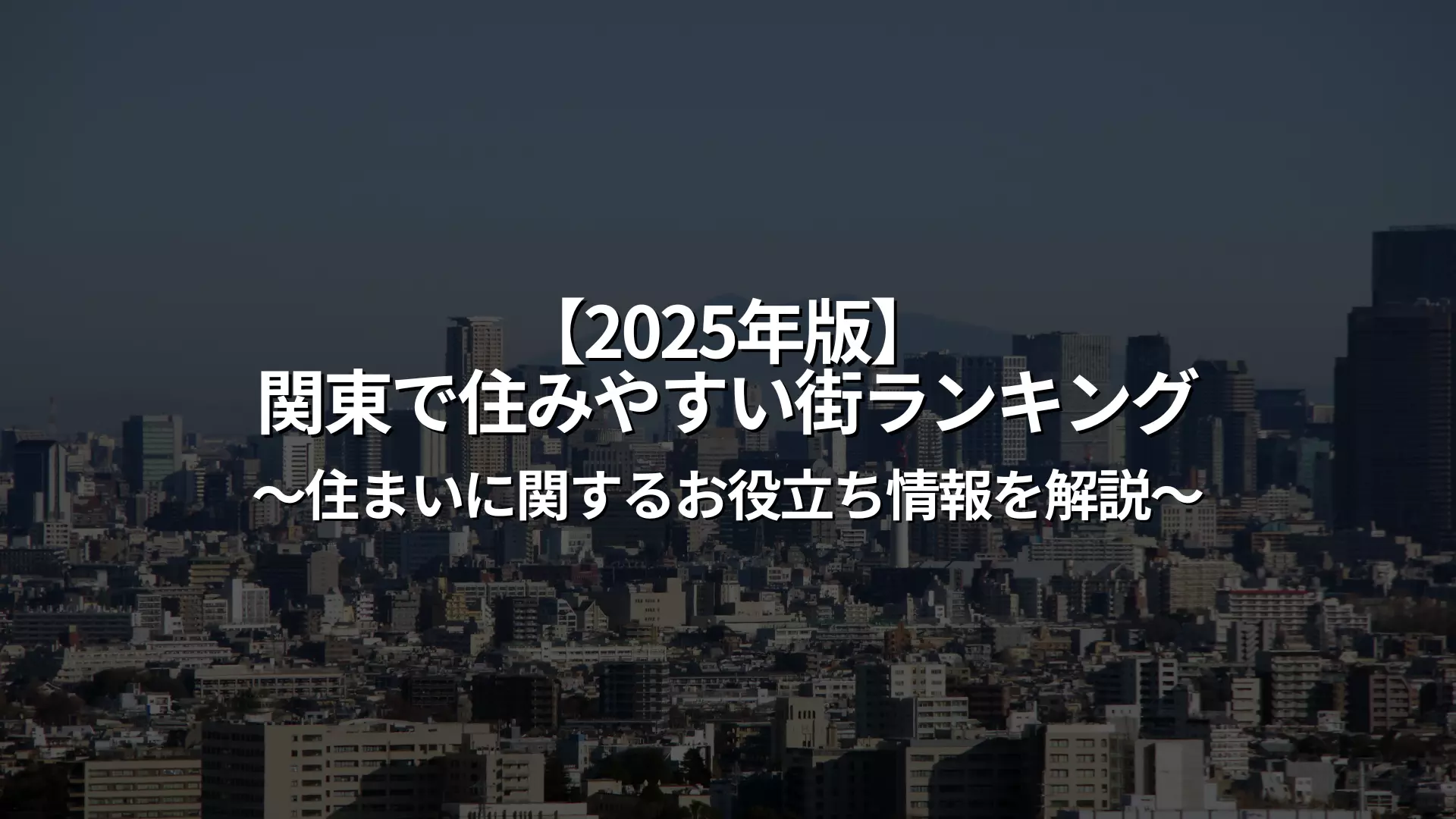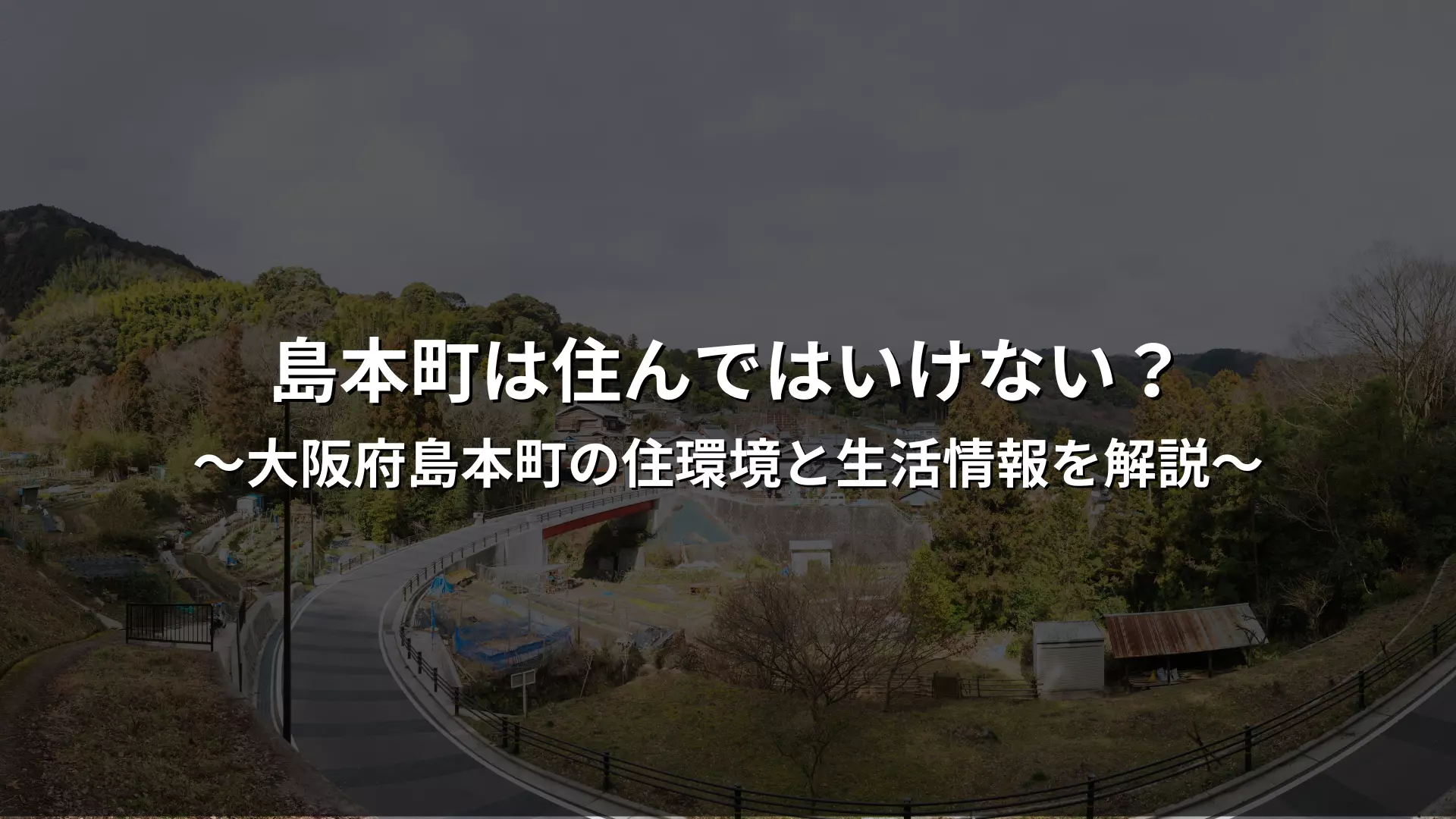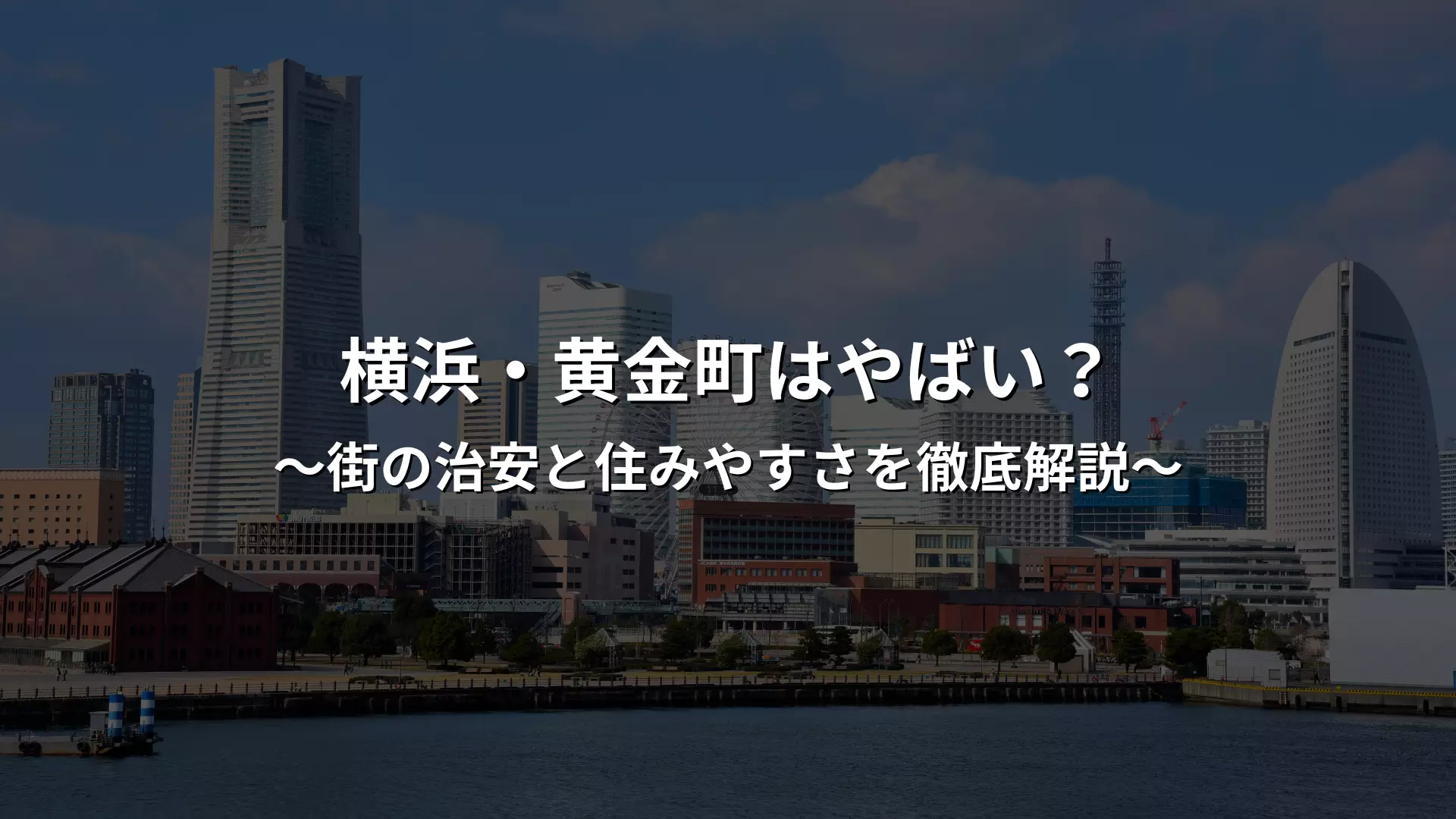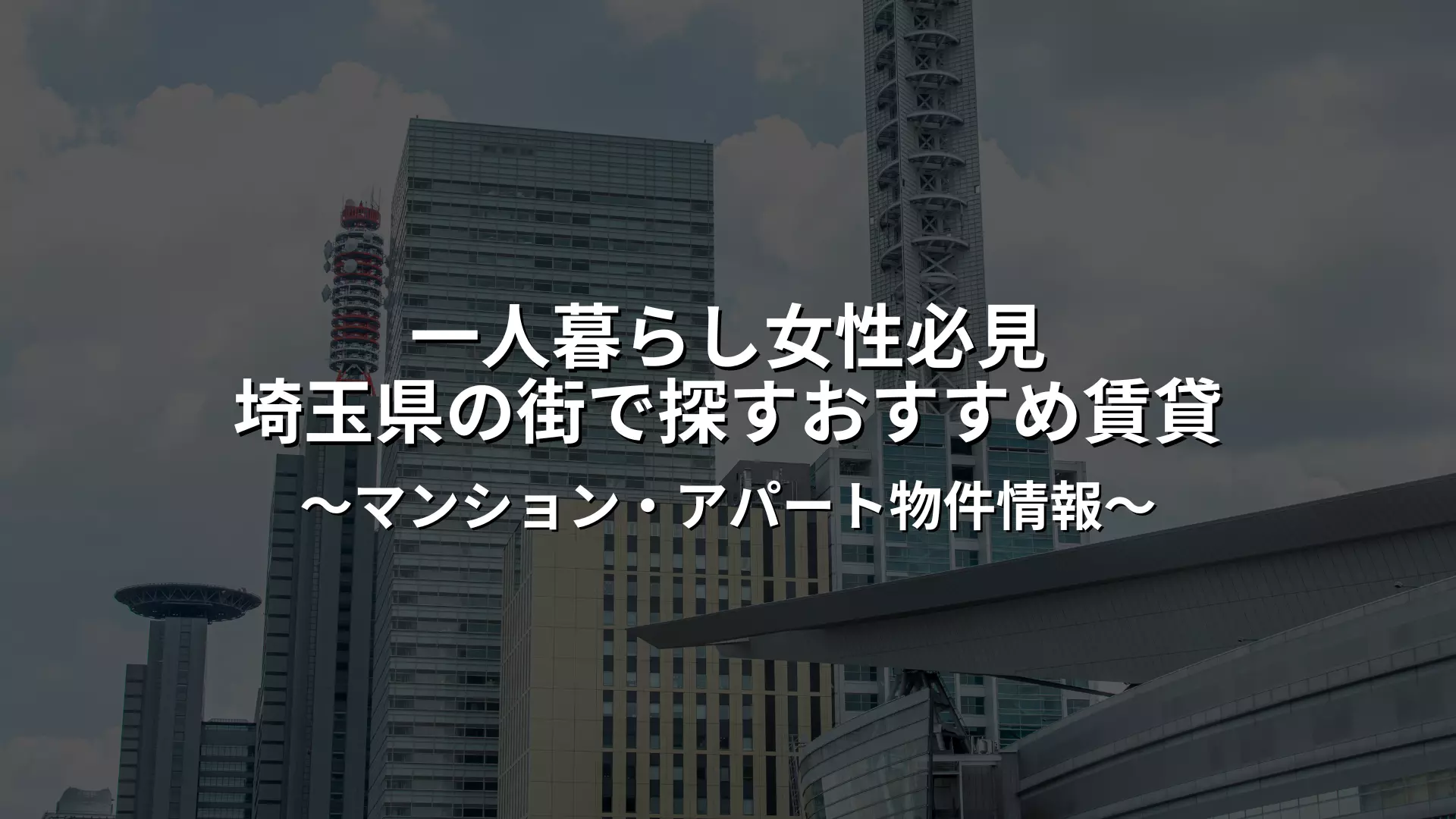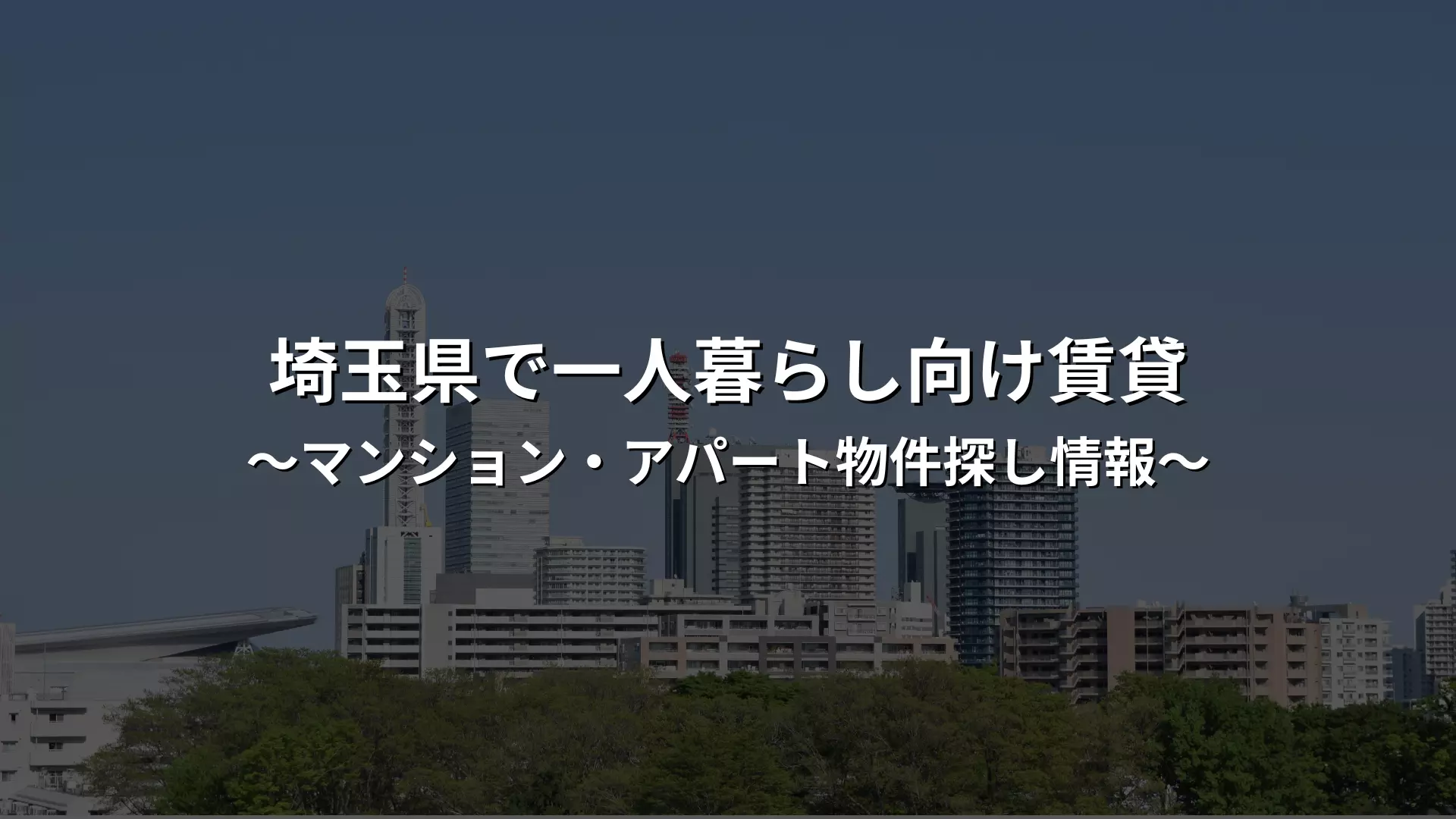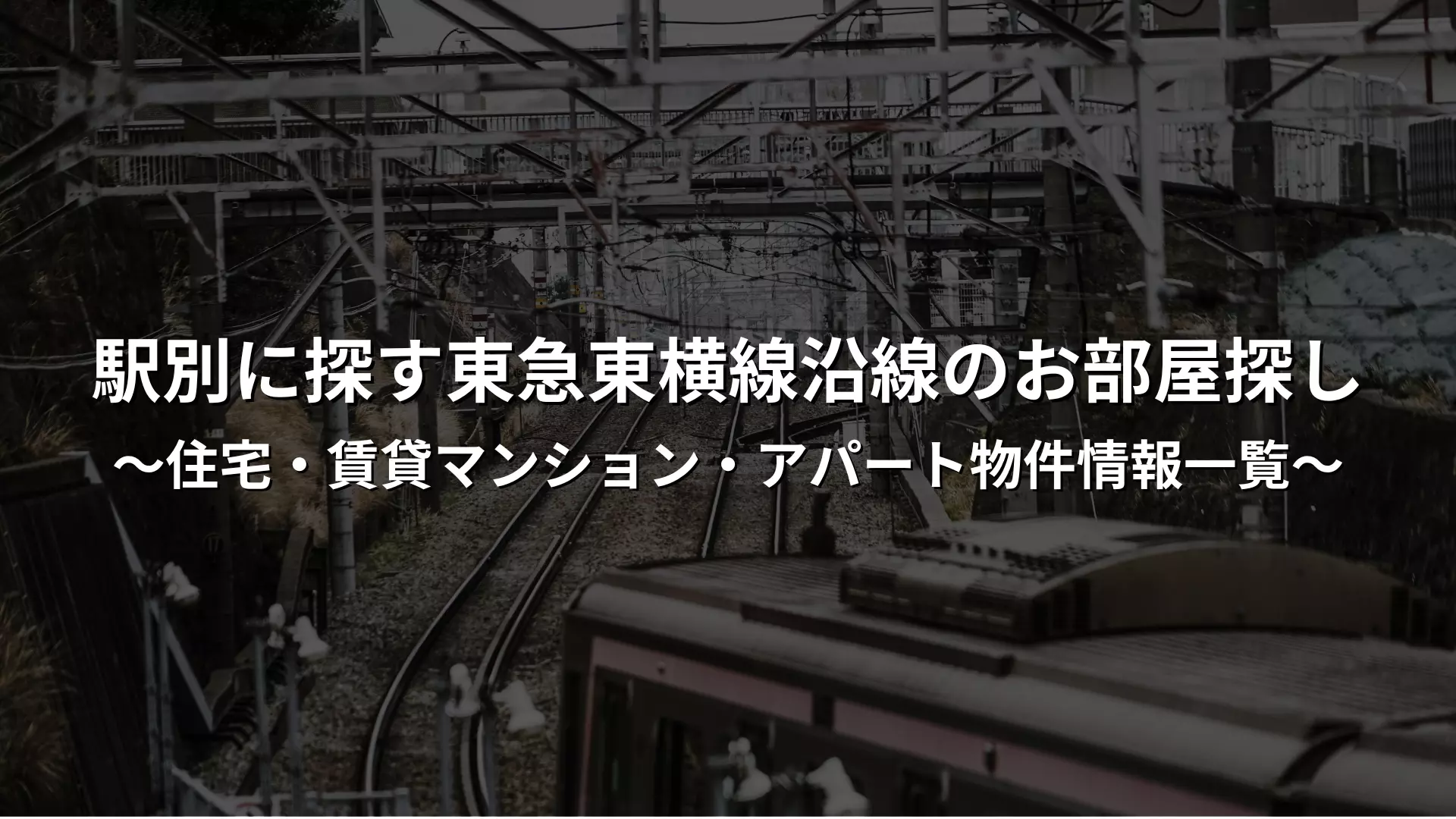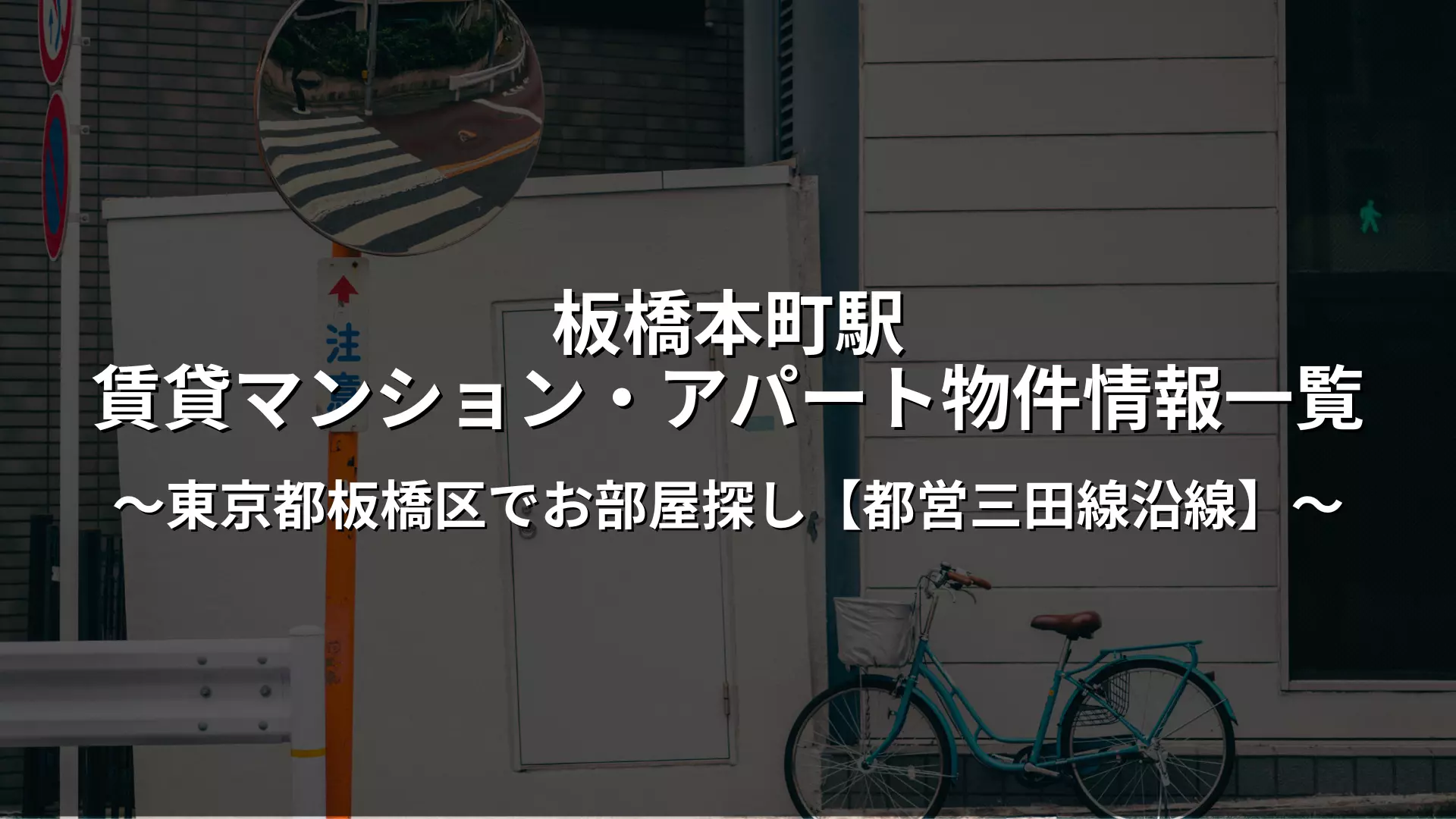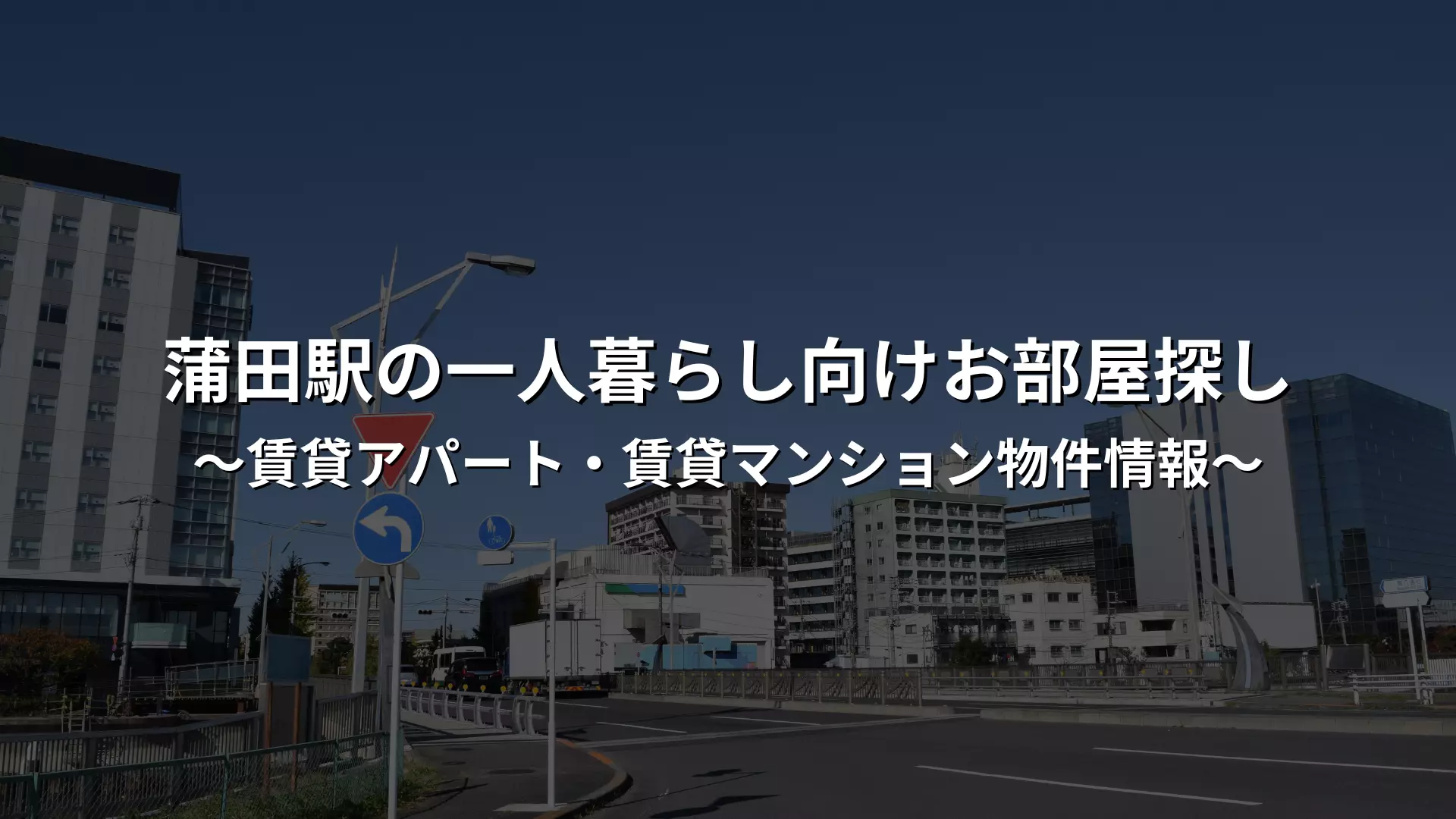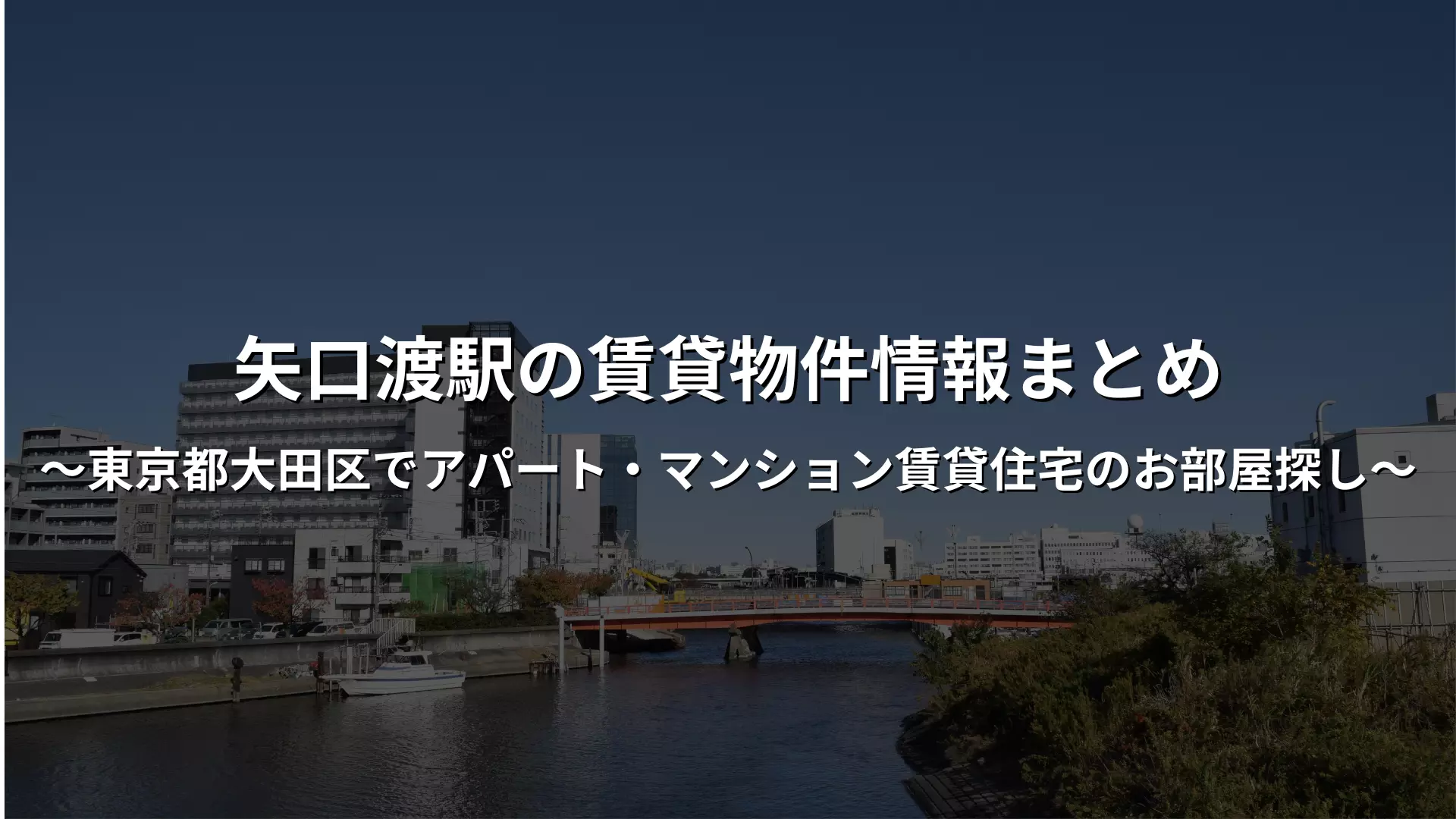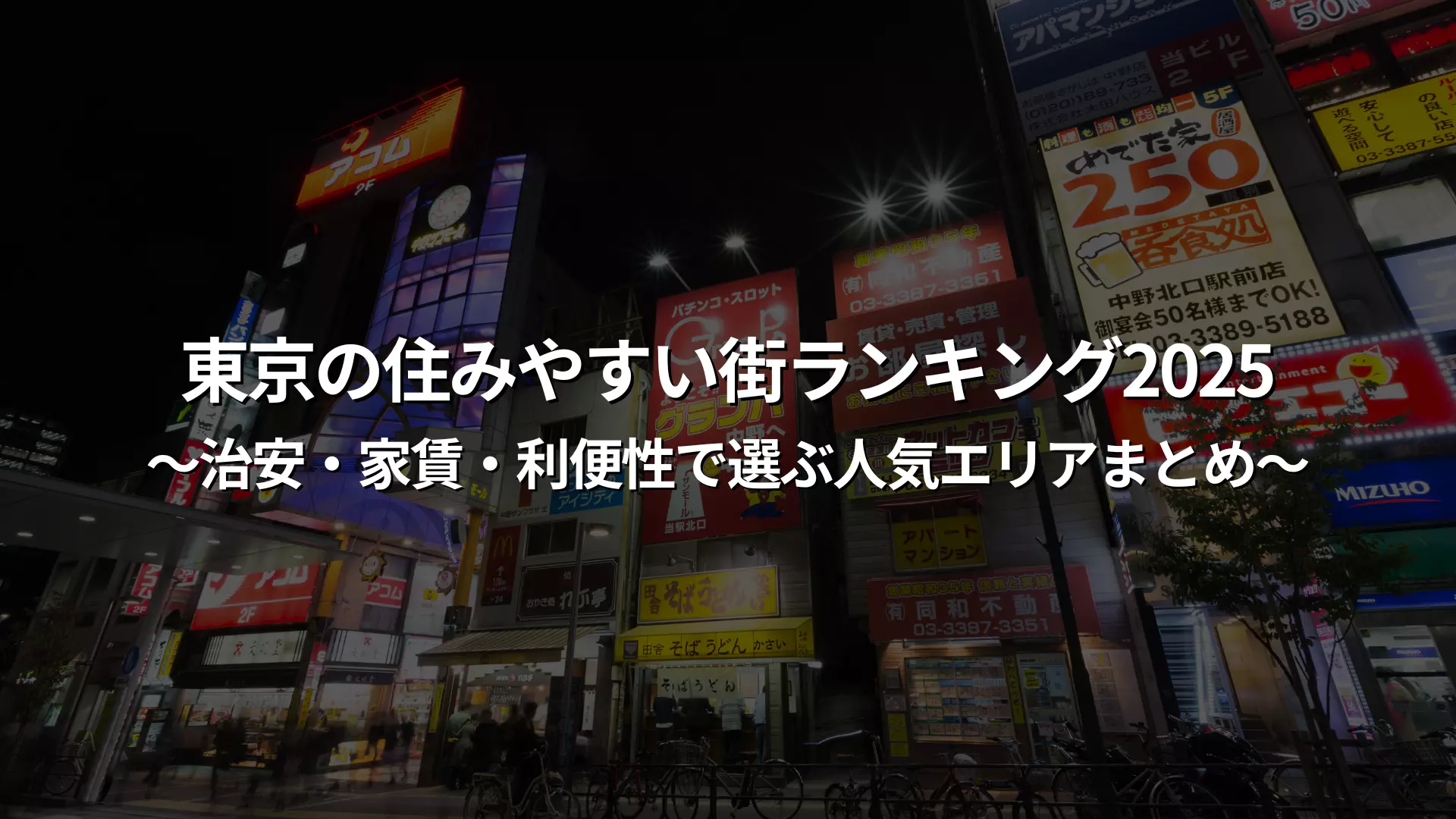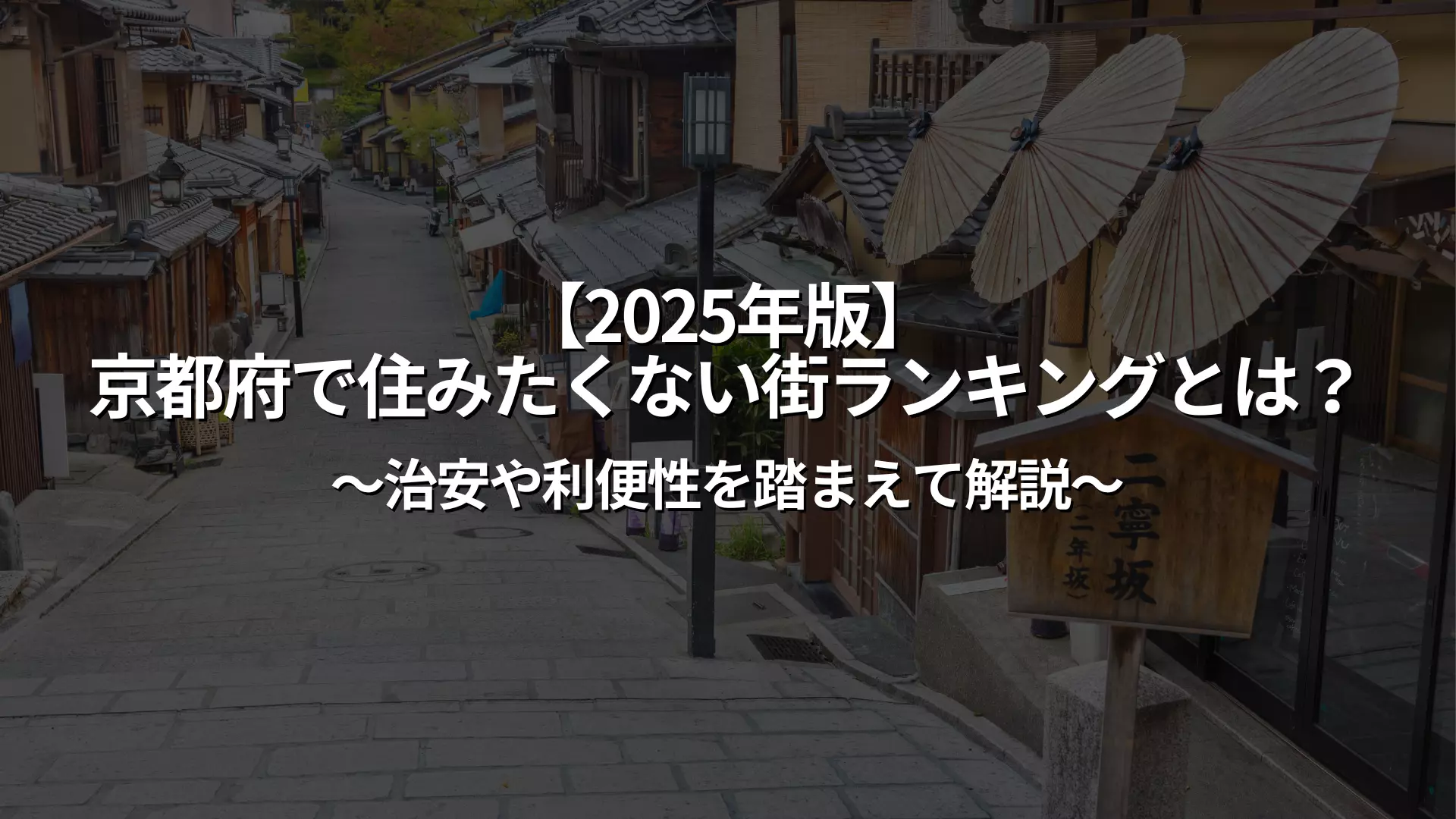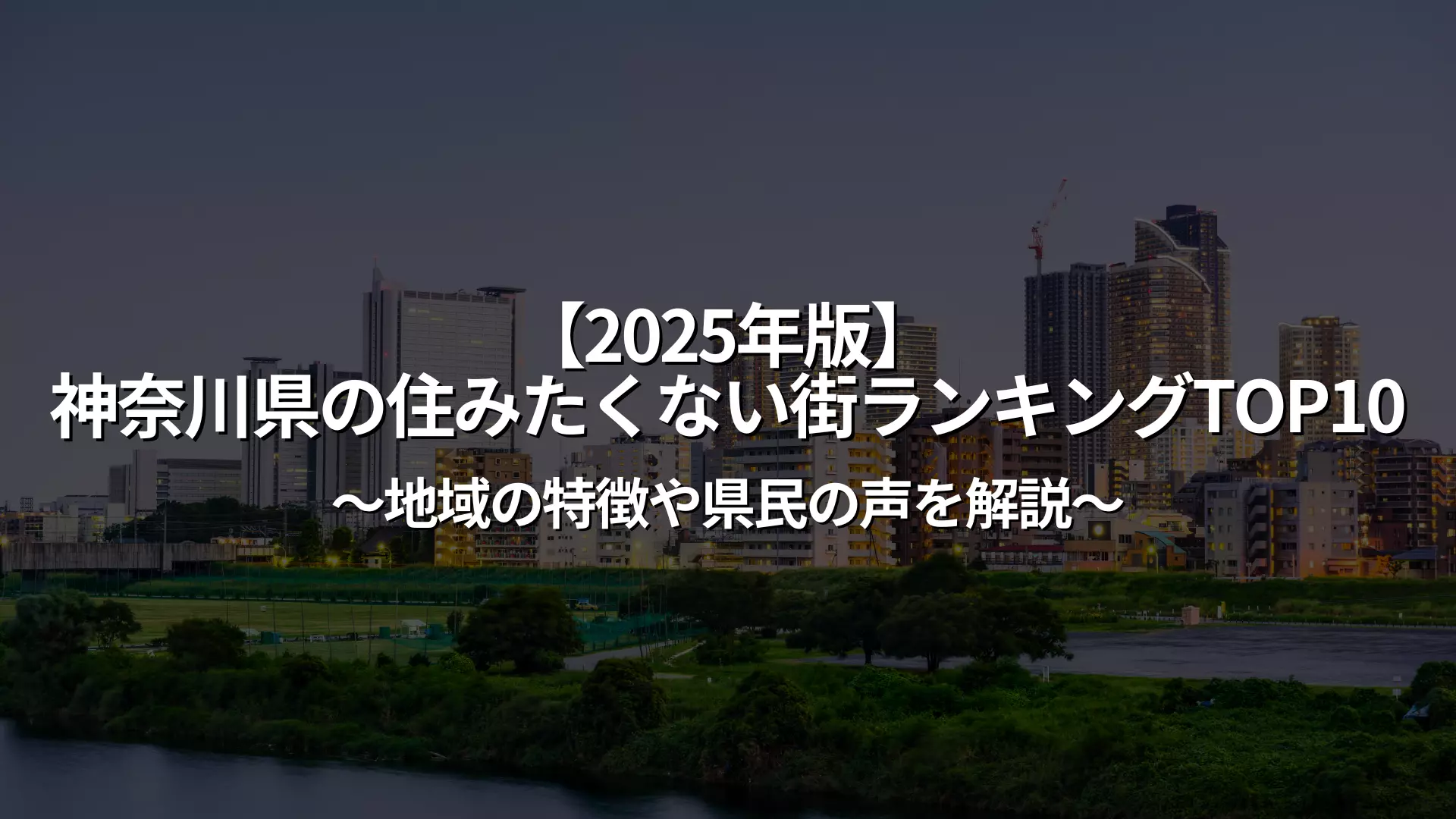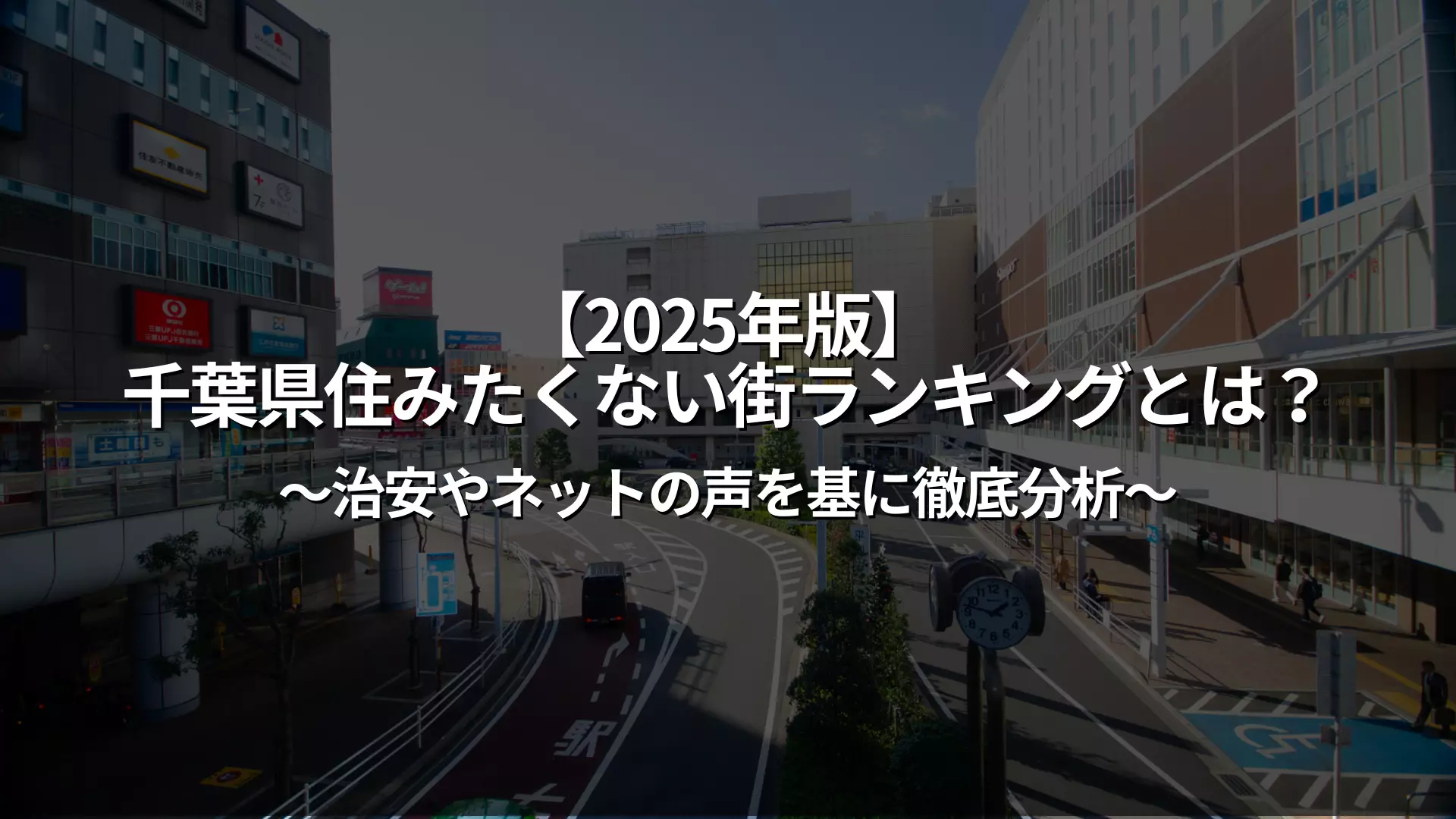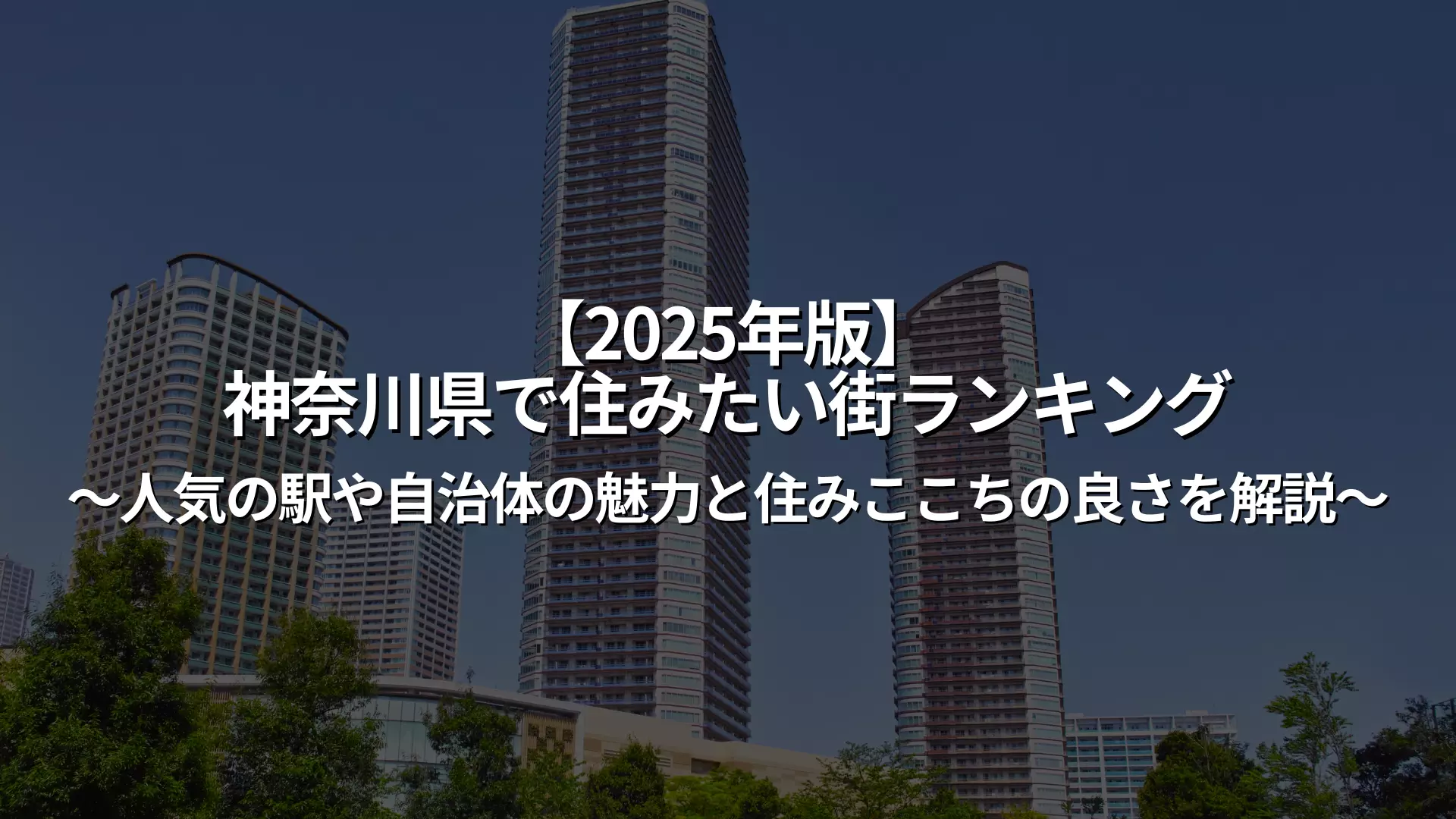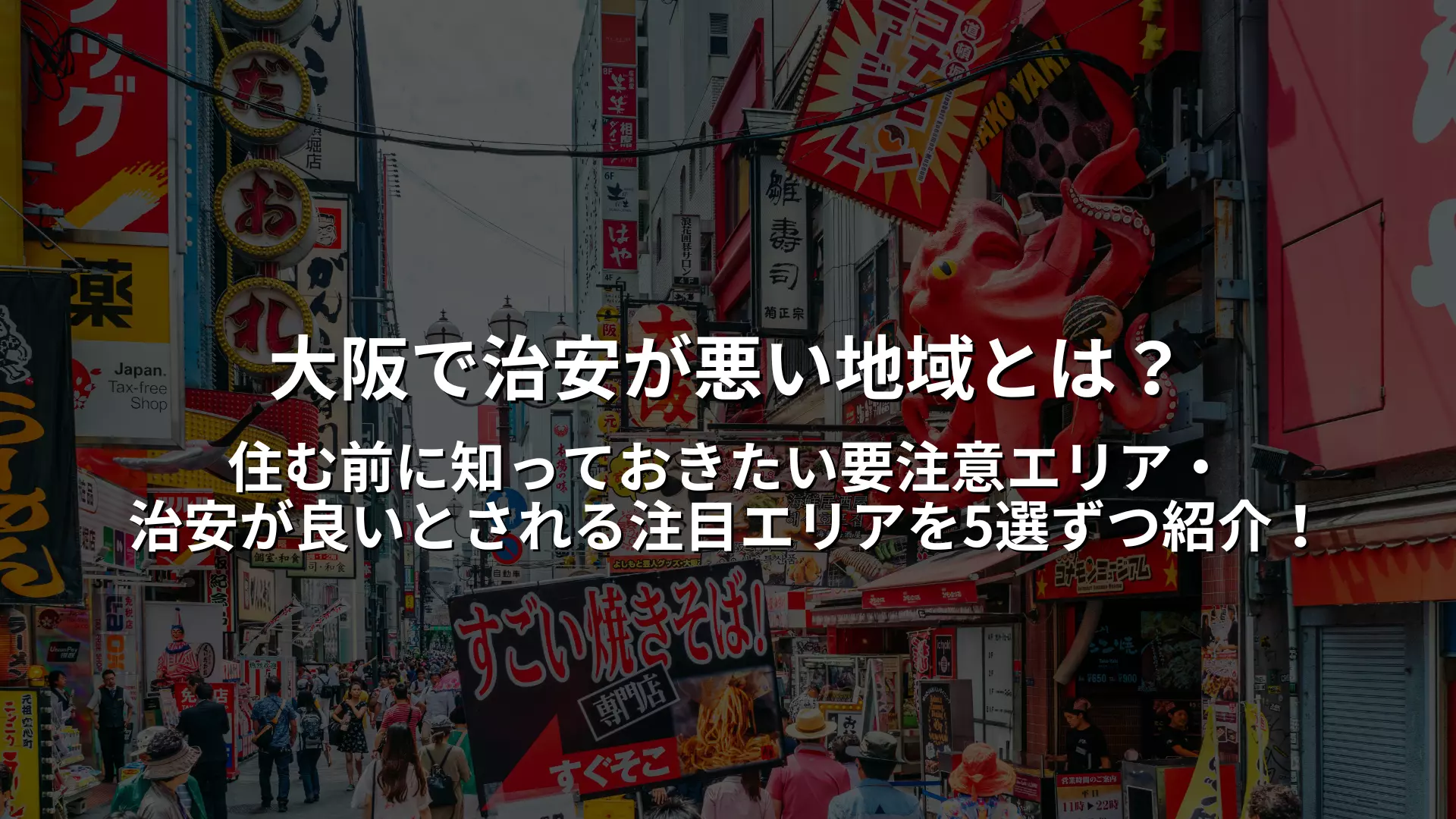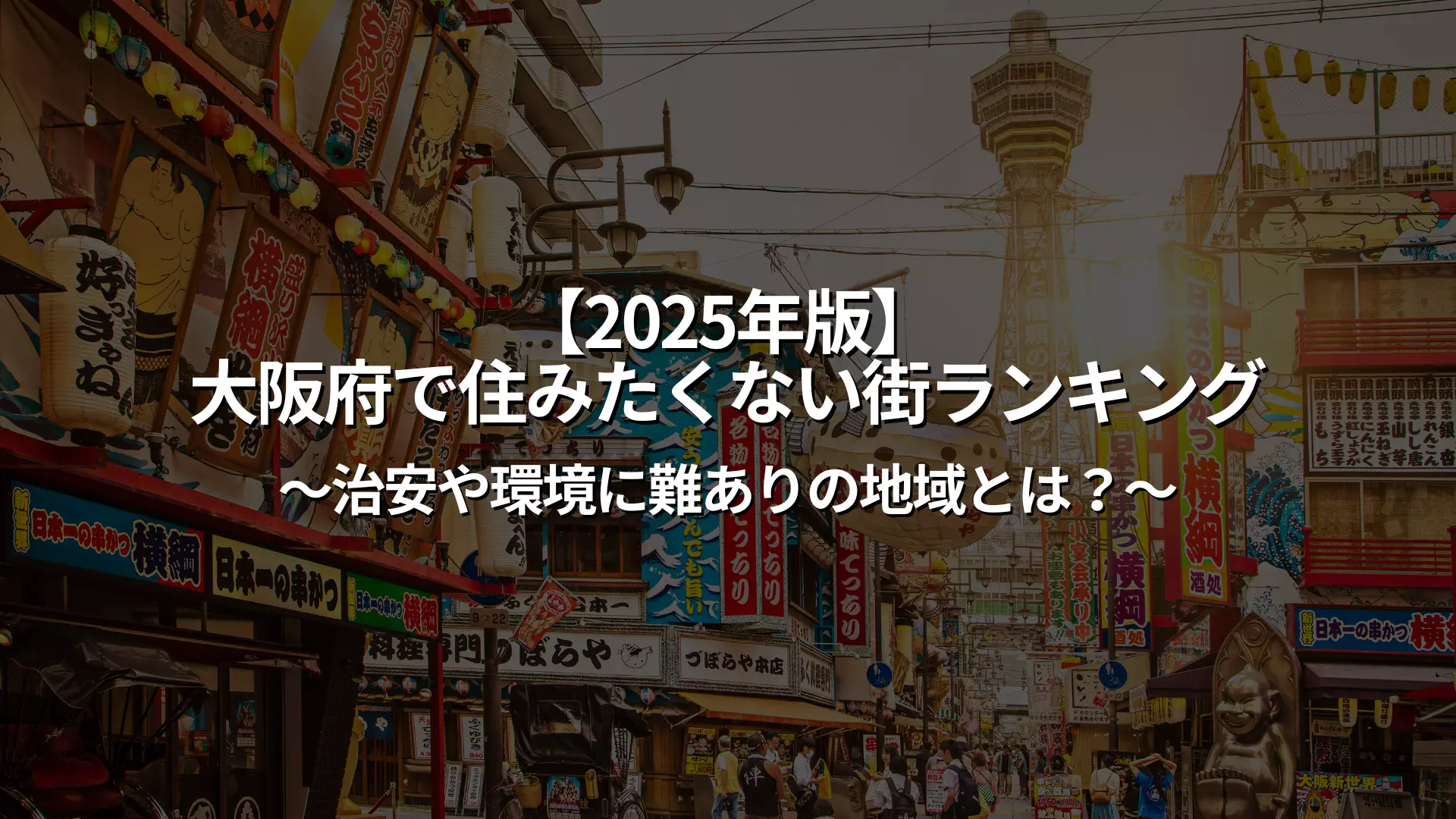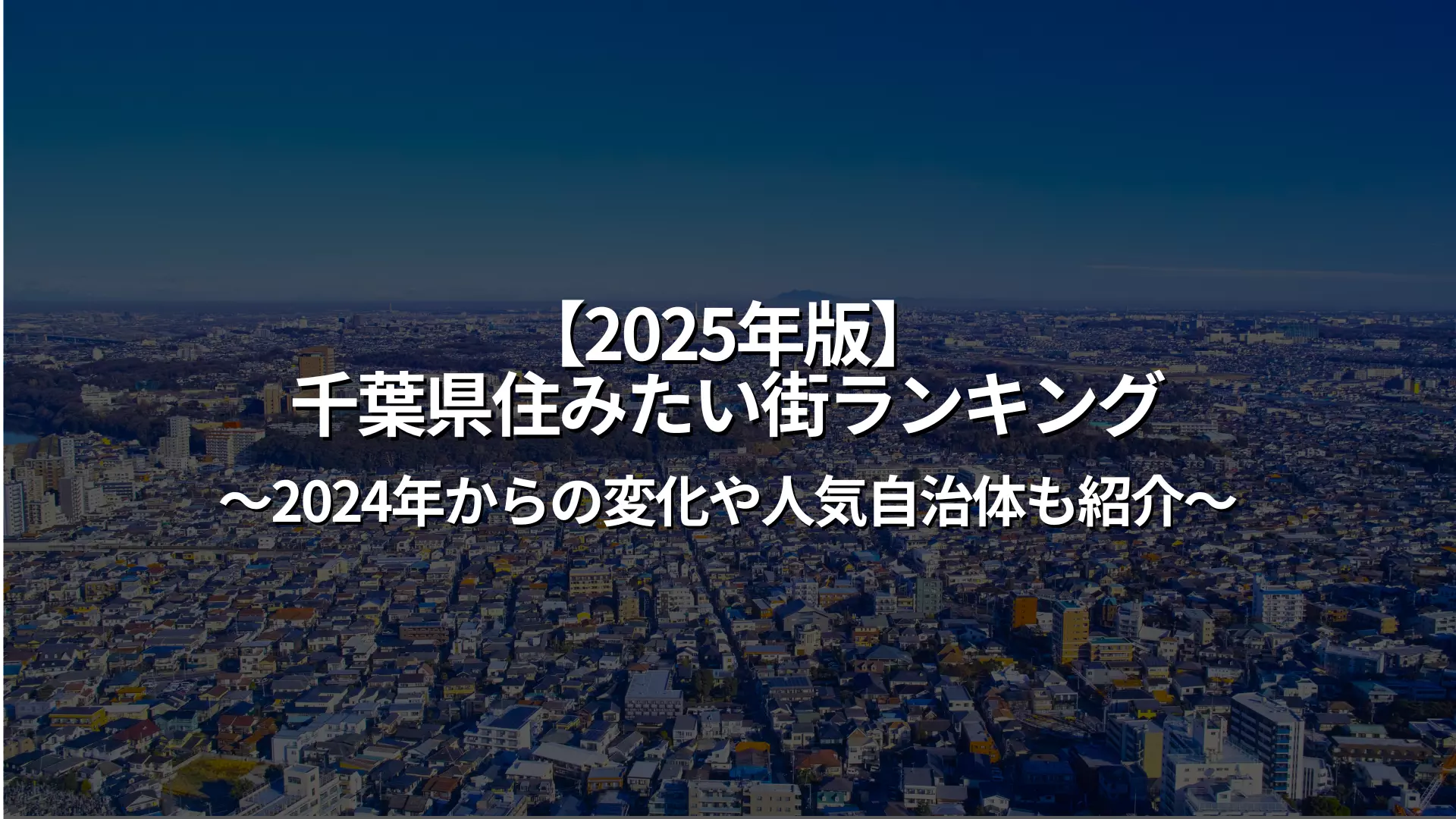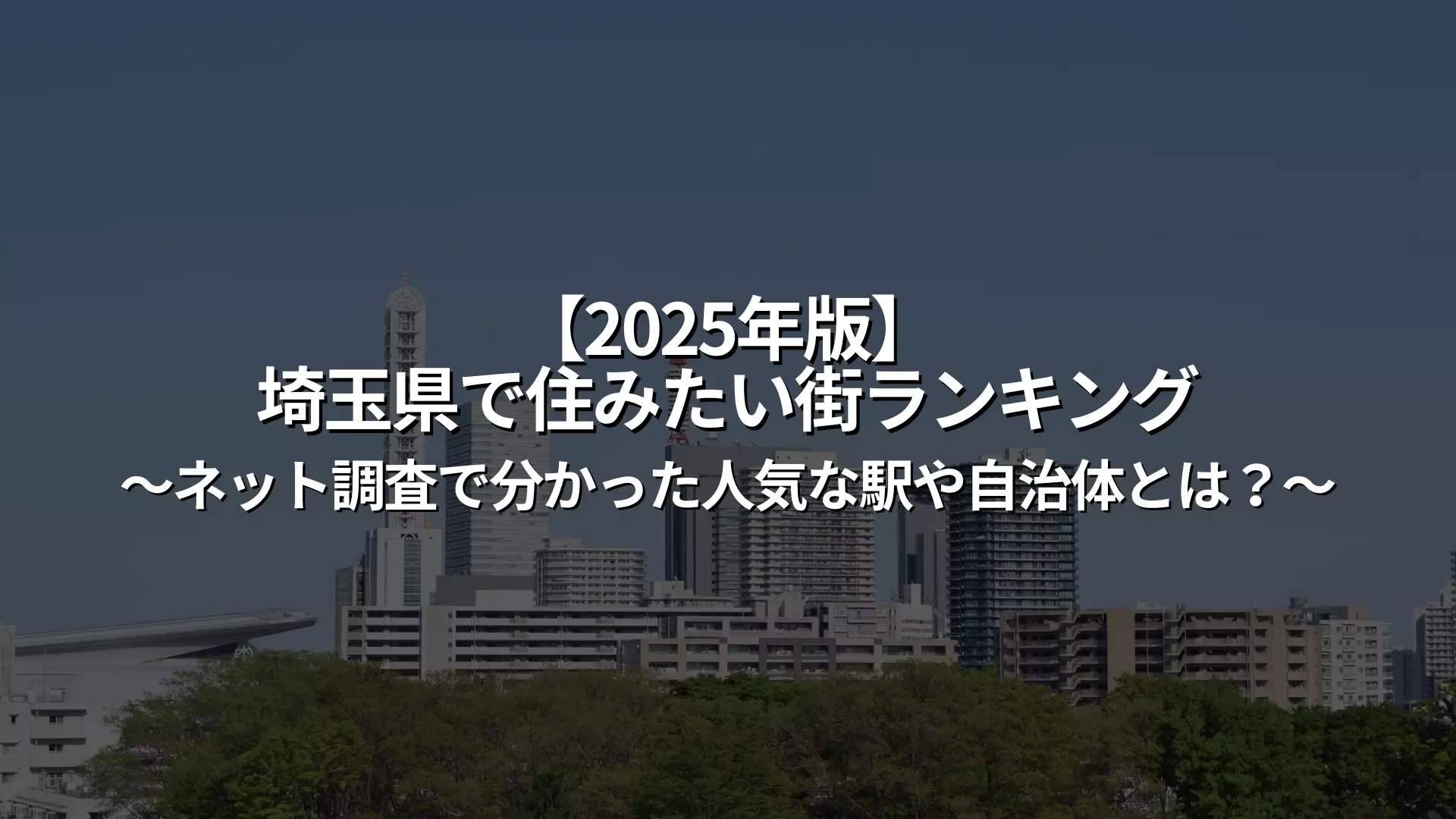Top 10 cities to live in in Kanto region
The Kanto ranking of livable cities is based on a comprehensive assessment of various factors, including transportation convenience, living environment, public safety, childcare support, and housing prices. A variety of areas in Chiba, Saitama, Kanagawa, and Tokyo are ranked, including Yokohama and Musashino, which are popular in the metropolitan area. Cities that offer both good commuting access and a comfortable lifestyle occupy the top positions. This is the latest ranking of the popular Kanto area, which can also be used as a reference for choosing a home or moving in the future.
In this chapter, we will introduce the overall top 10.
1st place: Yokohama City (Kanagawa Prefecture)
Yokohama City boasts the most balanced living environment in the Kanto region, and has been ranked first in the "City Ranking for Most Wanted to Live" for eight consecutive years. There are many tourist spots such as Minato Mirai and Chinatown, and commercial facilities and medical facilities are also abundant. Multiple JR and private railway lines intersect here, and access to the Tokyo metropolitan area is also good.
It has an excellent public safety and educational environment, and is popular with a wide range of people, from families to single people. It is a city where you can achieve an ideal urban lifestyle, with convenience and nature in harmony.
2. Musashino City (Tokyo)
Musashino City in western Tokyo, especially the Kichijoji area, is highly rated as a place to live. It has good transport links, easy access to Shinjuku and Shibuya, and also boasts the charms of Inokashira Park and the shopping arcades.
It has good public safety, a high level of administrative services, and support for raising children. It is especially popular among those who are looking for a calm living environment while still being close to the city center, and is gaining support as a place where people want to continue living.
3. Nagareyama City (Chiba Prefecture)
Nagareyama City in Chiba Prefecture is extremely popular among families raising children. It has good access to Tokyo via the Tsukuba Express, and redevelopment has led to a rapid increase in shopping malls and childcare facilities.
The area is blessed with an environment rich in nature and generous support from the local government, and is seeing an increase in young families moving in. The area is expected to continue to see population growth, making it a promising area for the future.
4. Kawagoe City (Saitama Prefecture)
Kawagoe City is known as "Little Edo" and has a charming historic streetscape, where nostalgic scenery and urban functions are combined. Multiple railways, such as the Tobu Tojo Line, JR Kawagoe Line, and Seibu Shinjuku Line, allow for commuting to the city center. Large commercial facilities and public infrastructure are well developed, making it a very convenient place to live.
There are also many educational institutions and medical facilities, and it is also highly regarded as a city where it is easy to raise children. It is becoming increasingly popular within Saitama Prefecture as a balanced living environment.
5. Tsujido (Kanagawa Prefecture)
Tsujido in the Shonan area is attracting attention as a town where nature and urban functions are integrated. It is close to the sea, and there is a large commercial facility "Terrace Mall Shonan" in front of the station, so it is convenient for shopping. Another attractive point is that it is possible to access the center of Tokyo in one train on the JR Tokaido Line.
A relaxed atmosphere and well-organized streetscapes coexist here, making it a popular choice for families with children and remote workers. It's a well-balanced town for those looking for the Shonan lifestyle.
6. Kashiwa City (Chiba Prefecture)
Kashiwa City, located in the northwest of Chiba Prefecture, is a livable city with a good balance between transportation access and urban functions. The JR Joban Line and Tobu Urban Park Line provide good access to both Tokyo and Chiba City. Department stores, medical institutions, and restaurants are located around the station, providing all the elements necessary for daily life.
The city is also making progress in developing child-rearing support and educational environments, making it a town that meets a wide range of residential needs, from families to single people.
7. Shinkoiwa (Tokyo)
Shin-Koiwa is located in Katsushika Ward, Tokyo, and is conveniently located with direct access to Tokyo Station and Shinjuku Station on the JR Sobu Line. There are many large supermarkets and restaurants around the station, and the warm atmosphere of a downtown area coexists with convenience. The average rent is relatively reasonable for the 23 wards, making it popular with young people and single households.
Redevelopment has been progressing in recent years, and it is expected that the living environment in this area will continue to improve in the future.
8. Hoya (Tokyo)
Hoya is located in Nishitokyo City, Tokyo, and is a commuter town along the Seibu Ikebukuro Line with good access to Ikebukuro Station. It is a quiet residential area with good public safety. There are plenty of supermarkets and drugstores around the station, so it is convenient for daily life.
There is also a lot of greenery, making it a popular place for families to move to. Rent is lower than in the 23 wards of Tokyo, so it is also recommended for those who are cost-conscious.
9. Higashimurayama City (Tokyo)
Higashimurayama City is located in the Tama region of Tokyo and is attracting attention as a city that balances nature and urban functions. It has convenient transportation with direct access to Shinjuku on the Seibu Shinjuku Line, but is also attractive for its tranquility as a residential area and abundant greenery. There are also many shopping streets and parks that are rooted in the local community, so you can enjoy a community-based lifestyle.
The average rent is relatively low, and it caters to a wide range of needs from young people to families. The quality of the living environment is gaining more and more recognition every year.
10th place: Tsurugamine (Kanagawa Prefecture)
Tsurugamine, located in Asahi Ward, Yokohama City, Kanagawa Prefecture, is a hidden gem where quiet residential areas and convenience coexist. It is about 15 minutes to Yokohama Station on the Sotetsu Line, making it convenient for commuting, and there are supermarkets and medical facilities around the station. It is a safe town, and has an established reputation as a place where families with children and the elderly can live with peace of mind.
Redevelopment is also underway, and this is one area that is expected to grow in the future. It is recommended for those who want to live a calm life near the city.
What are the criteria for livability? Selection criteria and evaluation points
To be rated as a "livable town," a comprehensive balance is required from multiple perspectives. In particular, emphasis tends to be placed on transportation access, convenience for shopping, public safety, and the level of education and childcare support. In addition, housing prices, average rents, word-of-mouth reviews and satisfaction of residents are also important factors that determine a town's appeal. "Livability" is not just about convenience, but also about whether you can live there safely and securely for a long time.
Here we will explain the criteria for livability.
Convenience of life (transportation, shopping, medical care, etc.)
The most important prerequisite for a city to be easy to live in is that it has all the facilities necessary for daily life. Good transportation access, such as trains and buses, makes commuting to work, school, and going out comfortable.
There are also supermarkets, convenience stores, and drugstores around the station, making shopping convenient. Furthermore, there are hospitals, clinics, and other medical facilities nearby, so you can rest assured even if you suddenly become unwell. The fact that the infrastructure for a comfortable daily life is in place is a key point in the evaluation.
Public order/safety
The quality of public safety greatly affects the quality of a living environment. It is important to check the safety of a city by referring to crime rate data from the Metropolitan Police Department and local governments, as well as the public safety perceptions of local residents. Other factors that give you peace of mind include the state of street lighting, roads with good visibility, and local crime prevention patrols.
Especially for women living alone or families raising small children, crime prevention is often the top priority when choosing a home, and the safety rating of the area is directly linked to how easy it is to live there.
Childrearing and Educational Environment
For those raising children, the number of daycare centers, primary and secondary schools, the level of education, and the availability of extracurricular facilities are all important factors in determining how livable a city is. Some municipalities offer childcare support grants, medical expense subsidies, and events for families, and cities with these well-established administrative services are highly rated.
Other criteria for a city to be chosen include parks where children can play safely and an atmosphere of support for child-rearing throughout the community.
Housing price range and average rent
The cost of housing is directly related to overall life satisfaction. Affordable average rent and housing prices are an important factor in livability. Even in cities with similar convenience and good public safety, if there is a large difference in prices, there will be a difference in the comfort of your life.
In addition, the wide variety of housing types, ages, and layouts available also makes it easier to choose. Towns that receive high marks for value for money tend to naturally attract people.
Local reviews and satisfaction
The opinions of people who actually live in a city are extremely helpful in judging how easy it is to live in. By checking the real opinions of residents on social media, review sites, real estate reviews, etc., you can get a sense of the real atmosphere of the city that statistical data cannot provide.
For example, evaluations such as "quiet and calm," "suitable for raising children," and "safety is a concern" are factors that directly relate to quality of life. A town with high user satisfaction is likely to be a place where people can live safely for a long time.
Search for a room
Only furnished properties with appliances are listed!
Recommended areas by type
The definition of "livability" varies depending on the lifestyle and values of each resident, so it is important to choose a city that suits you.
Here we introduce the most popular areas in the Kanto region for three types of people: those living alone, those with families, and those prioritizing cost-effectiveness. We will introduce towns that have been carefully selected from the perspectives of ease of commuting to work or school, public safety, convenience of life, rent standards, etc., so please use this as a reference for moving or relocating.

Top 3 cities recommended for living alone
The top three recommended cities for living alone are Higashi-Koganei Station (Tokyo), Minami-Urawa Station (Saitama Prefecture), and Kanazawa-Bunko Station (Kanagawa Prefecture).
Higashi-Koganei Station (Tokyo)
Higashi-Koganei Station, located on the Chuo Line, is becoming more convenient as redevelopment of the area in front of the station progresses. There are many universities and vocational schools in the area, making it popular with students and young workers. The area is safe and has many 24-hour supermarkets and cafes.
Minami-Urawa Station (Saitama Prefecture)
The area is on the Keihin Tohoku Line and the Musashino Line, and offers excellent access to Tokyo and Yokohama. There are supermarkets, restaurants, and medical facilities around the station, and rent is reasonable. Another attractive feature is the abundance of 1K apartments for single people.
Kanazawa-Bunko Station (Kanagawa Prefecture)
Kanazawa-Bunko Station, which has direct access to Yokohama and Shinagawa on the Keikyu Main Line, is an attractive area with a quiet residential area and nature. It is recommended for those who want to live in a calm environment near the sea and parks. It is attracting attention for its good public safety and low rent.
Top 3 cities popular with families
The top three most popular cities for families are Bunkyo Ward (Tokyo), Nagareyama Otakanomori (Chiba Prefecture), and Kawagoe City (Saitama Prefecture).
Bunkyo Ward (Tokyo)
Bunkyo Ward is an attractive place to live in a calm residential environment despite being in the city center. It is known as an "educational district" with educational institutions such as Gakushuin University and Ochanomizu Women's University. It also has a wide range of childcare support, making it popular with dual-income families.
Nagareyama Otakanomori (Chiba Prefecture)
It is easily accessible, with the city center only 30 minutes away by Tsukuba Express. There are large commercial facilities, nurseries, and pediatric clinics, making it a good environment for raising children. The local government, known for its slogan "If you're going to be a mother, Nagareyama," provides generous support, and the number of people moving into the area is increasing.
Kawagoe City (Saitama Prefecture)
Kawagoe City, which combines historic streets with modern urban functions, is a well-balanced city with a well-equipped education, medical care, and shopping environment. It also has a childcare support system and family housing, making it an increasingly popular suburban relocation destination.
Top 3 cities recommended for those who value value for money
The top three cities recommended for those who prioritize value for money are Machida City (Tokyo), Wako City (Saitama Prefecture), and Kashiwa City (Chiba Prefecture).
Machida City (Tokyo)
Although it is in Tokyo, rent is relatively cheap and it is accessible to both Yokohama and Shinjuku. There are many large commercial facilities, so you can live conveniently while keeping living costs down. It is a popular area for students and working adults alike.
Wako City (Saitama Prefecture)
The Yurakucho Line, Fukutoshin Line, and Tobu Tojo Line all run through here, making commuting to the city very convenient. The average rent is cheaper than in the city, and although it is a compact town, it has excellent value for money with plenty of shopping and medical facilities.
Kashiwa City (Chiba Prefecture)
The area is served by two lines, the Joban Line and the Tobu Urban Park Line, making commuting to Chiba and Tokyo a smooth experience. There are many department stores and restaurants around the station, making it a convenient place to live, yet the average rent is low. It is a town chosen by a wide range of generations.
A deeper look into the characteristics and appeal of the top-ranked cities
Each city that ranks highly in the Kanto region's livable city rankings has a clear appeal and reason for being ranked highly. Not only transportation convenience and living environment, but also local government initiatives and regional characteristics greatly influence the livability of the city.
Here, we will focus on three particularly popular cities: Musashino City, Nagareyama City, and Yokohama City, and introduce in detail the key points that make each city easy to live in. These are examples that can serve as hints for those looking to choose a city to live in.
Musashino City | The perfect balance of convenience and greenery
Musashino City, Tokyo, is highly popular as a city with a good balance between convenience and natural surroundings, with Kichijoji at its center. Shinjuku and Shibuya are easily accessible, about 20 minutes by train, and there are plenty of shopping facilities, restaurants, and parks around the station. Inokashira Park is one of the most popular natural spots in Tokyo, making it the perfect place to refresh on your days off.
In addition, the area has good public safety and government support for child-rearing, making it popular with a wide range of generations, from single people to families.
Nagareyama City | Creating a city with comprehensive child-rearing support
Nagareyama City in Chiba Prefecture boasts excellent access to Akihabara in Tokyo in about 25 minutes via the Tsukuba Express, and combines abundant nature with well-developed urban functions.
The local government's child-rearing policies are very generous, and under the catchphrase "If you're going to be a mother, choose Nagareyama," the area has a wide range of childcare facilities and unique systems such as drop-off and childcare stations. The number of families moving into the area is increasing, and the entire town is experiencing rapid growth due to redevelopment, making it a popular area.
Yokohama City | Accommodating diverse lifestyles
Yokohama City, Kanagawa Prefecture, is one of the areas in the Kanto region that combines the best urban functions and living environment. It has tourist and commercial areas such as Minato Mirai, Chinatown, and Yamashita Park, but also has many residential areas that are well-developed as commuter towns. The city has a well-developed railway and road infrastructure, making it easy to commute to central Tokyo.
In addition, there is a wide variety of housing types available, from one-room apartments for single people to detached houses for families, making it possible to create urban homes that fit a variety of lifestyles.
Search for a room
Only furnished properties with appliances are listed!
Ingenuity and support systems to improve livability
The livability of a city is determined not only by its location and facilities, but also by the support systems and infrastructure provided by the local government. In particular, welfare services such as childcare support and elderly support, the redevelopment of transportation infrastructure, and support systems for relocation and relocation are directly linked to creating a city where people can live safely and for a long time.
Cities with such systems and initiatives in place tend to have high rates of residents settling down there, and are likely to attract even more attention in the future.
Childcare and elderly support provided by local governments
In recent years, many local governments have been enhancing support systems for child-rearing generations and the elderly. For example, in areas that have introduced childcare fee subsidies, medical expense assistance, and temporary childcare systems, these have helped to reduce the burden on dual-income households.
In addition, there are systems in place for the elderly, such as monitoring services, shopping assistance, and welfare taxis, and efforts are underway to create an environment in which they can live with peace of mind. A city with such support in place is a major factor in people of all ages feeling that it is "easy to live in."
Progress of transport infrastructure development and redevelopment
The development of transportation infrastructure is essential for a comfortable life. Areas where railway and bus networks have been expanded, stations have been made barrier-free, bicycle paths have been developed, etc., make it easier to commute to work or school and improve the quality of life.
Furthermore, the area is currently undergoing urban planning, with redevelopment of the area around the station, construction of a new large commercial facility, and development of parks and public facilities, and it is expected that the area will become even more convenient in the future. The area also has a promising future in terms of asset value, making it an increasingly popular place to relocate.
How to use relocation and relocation support
Local governments, real estate companies, and financial institutions have many systems and services in place to help with relocation and relocation. Measures tailored to local needs, such as home purchase subsidies, partial assistance for moving expenses, and vacant house banks, are being developed, reducing concerns about costs and information.
In addition, by utilizing private relocation services and life plan consultations, you can smoothly move to a city that meets your desired conditions. Utilizing these systems when moving will directly lead to an improvement in the livability of your home.
Summary | How to choose the perfect city for you
There are many attractive cities in the Kanto region, and which city you find "easy to live in" depends on your lifestyle and values. It is important to compare points such as transportation convenience, public safety, child-rearing support, and housing costs to determine the area that best suits your and your family's needs.
In addition, the support system of the local government and the future redevelopment situation are also important factors to consider. Please use the rankings and evaluation criteria introduced in this article as a reference to find the perfect home for you.

